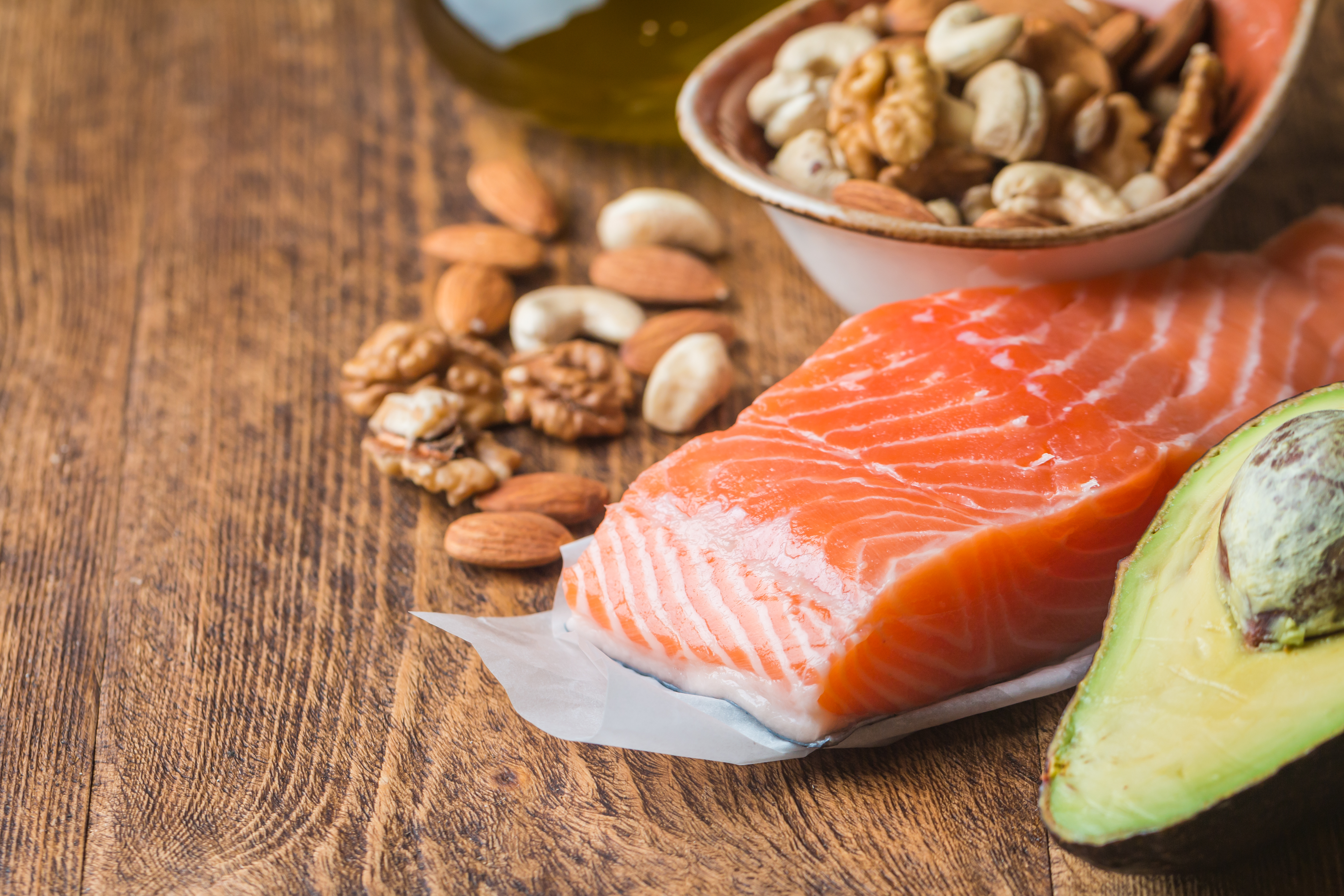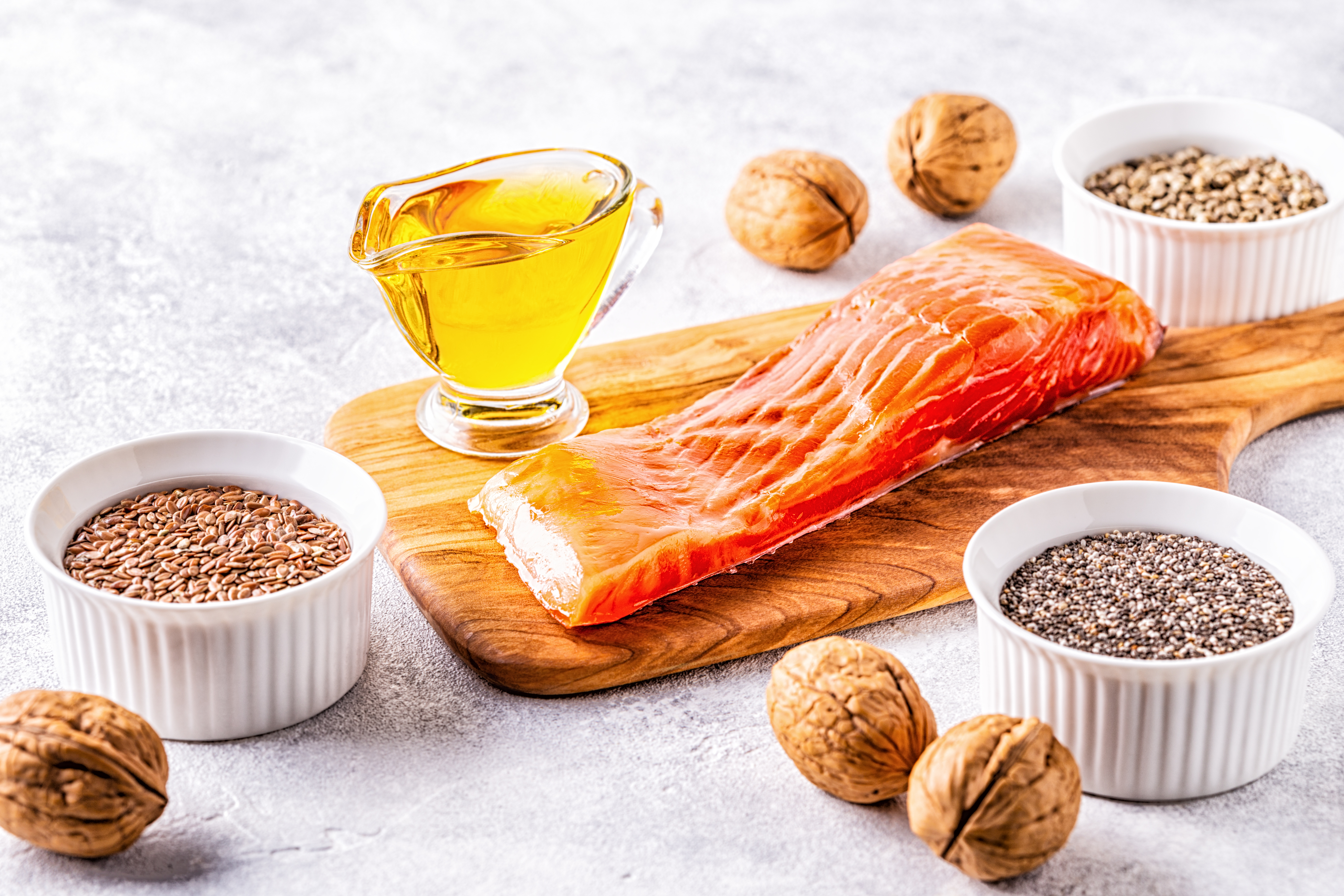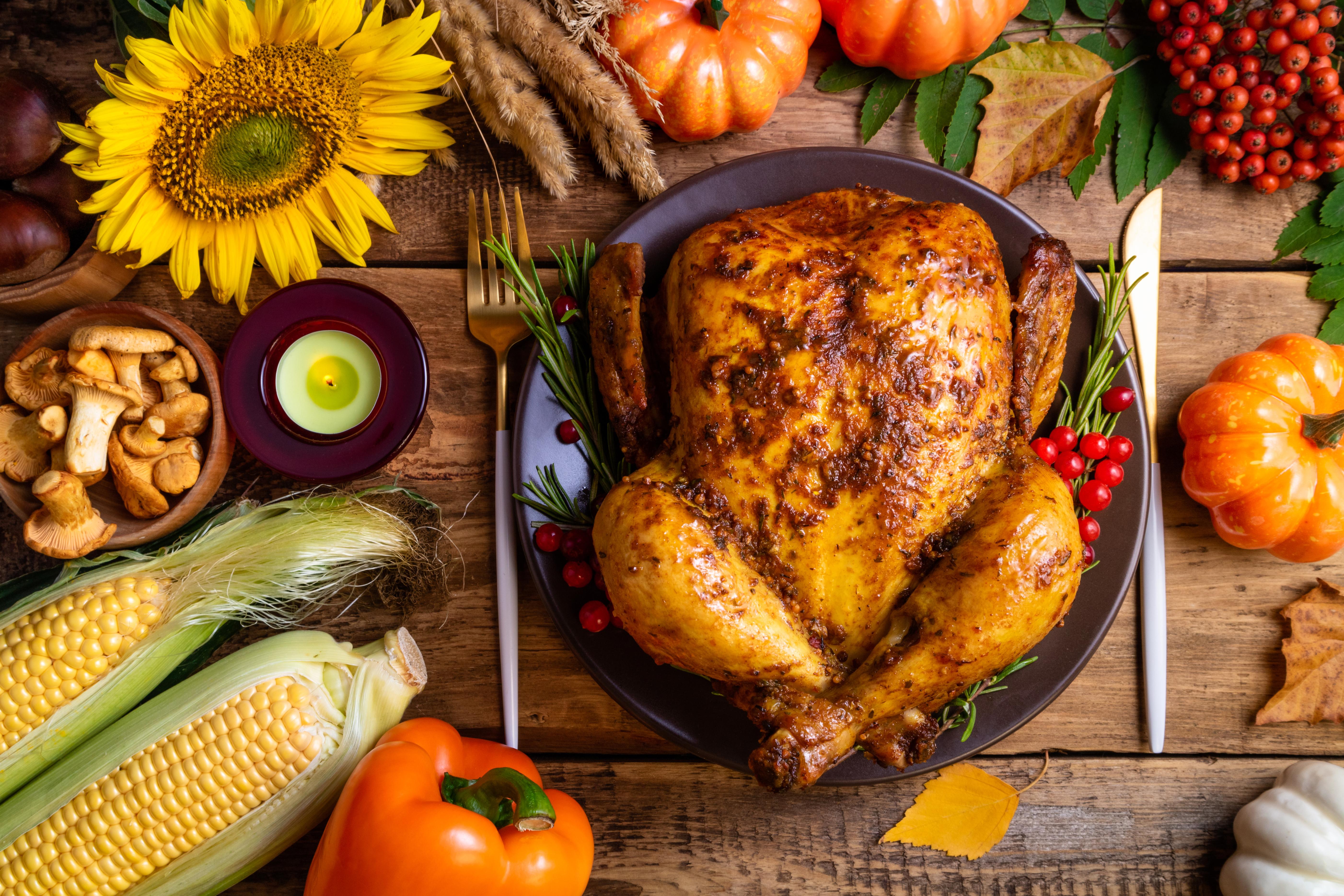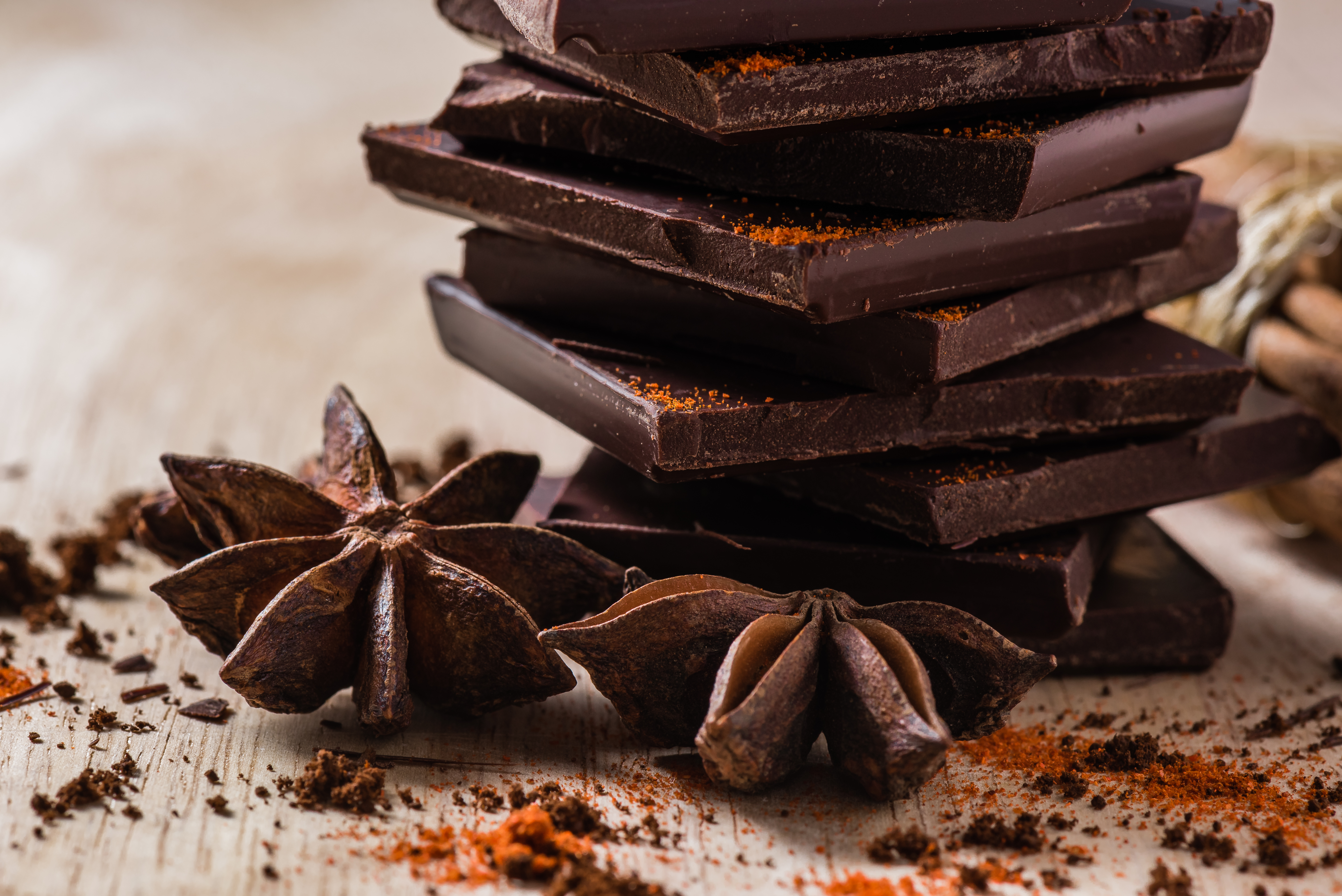21 Effortless Daily Habits for Naturally Balanced Blood Pressure
Is your blood pressure silently steering you towards serious health issues? This vital force – your blood pushing against artery walls – is crucial, delivering life-giving oxygen body-wide. But when it's consistently too high (hypertension), it becomes a major hidden risk for heart attacks, strokes, and kidney failure, often striking without warning. And low blood pressure (hypotension)? That can cause dizzy spells or fainting, disrupting your daily life. Taking proactive control isn't just wise, it's essential for your long-term health. The great news is that simple, natural daily habits can be incredibly effective allies. That's why we've expanded our original guide from 11 to 21 powerful, evidence-backed habits, offering a holistic path to achieving and maintaining balanced blood pressure. Discover how you can start building your natural defense today and safeguard your future well-being.
1. The Role of Nutrition in Blood Pressure Management

Nutrition plays a pivotal role in managing blood pressure. A diet rich in fruits, vegetables, whole grains, and lean proteins can significantly impact your blood pressure levels. Potassium, found in bananas, sweet potatoes, and spinach, helps balance the amount of sodium in your cells, promoting healthy blood pressure. Additionally, reducing sodium intake is critical, as excess salt can lead to increased blood pressure. The DASH (Dietary Approaches to Stop Hypertension) diet, specifically designed to combat hypertension, emphasizes foods low in sodium and high in potassium, calcium, and magnesium. By making mindful dietary choices, you can support your cardiovascular system and maintain balanced blood pressure.
2. The Power of Regular Physical Activity

Engaging in regular physical activity is one of the most effective ways to manage blood pressure. Exercise strengthens the heart, enabling it to pump blood more efficiently, which can lower the pressure on your arteries. Aerobic exercises such as walking, jogging, cycling, and swimming are particularly beneficial. Aim for at least 150 minutes of moderate-intensity exercise per week. Additionally, incorporating strength training exercises twice a week can further enhance cardiovascular health. Consistency is key, and finding activities you enjoy can make it easier to maintain an active lifestyle. By prioritizing physical activity, you can achieve better blood pressure control and overall health.
3. Stress Management: A Key Component

Chronic stress is a significant contributor to high blood pressure. When stressed, your body releases hormones that temporarily increase blood pressure by causing your heart to beat faster and your blood vessels to narrow. Effective stress management techniques can help mitigate these effects. Practices such as yoga, meditation, and deep breathing exercises promote relaxation and reduce stress levels. Mindfulness, the practice of being present in the moment, can also help you manage stress more effectively. By incorporating stress management techniques into your daily routine, you can improve your mental and physical health, contributing to balanced blood pressure.
4. Quality Sleep: The Unsung Hero

Adequate sleep is essential for maintaining healthy blood pressure. During sleep, your body undergoes processes that help regulate stress hormones and maintain a healthy nervous system. Poor sleep quality or insufficient sleep can lead to increased stress and elevated blood pressure. Aim for seven to nine hours of quality sleep each night. Establishing a regular sleep schedule, creating a restful environment, and avoiding stimulants such as caffeine and electronics before bedtime can improve sleep quality. By prioritizing sleep, you support your body's natural ability to regulate blood pressure and promote overall health.
5. The Impact of Hydration

Staying properly hydrated is crucial for maintaining balanced blood pressure. Dehydration can cause blood vessels to constrict, leading to increased blood pressure. Water is essential for maintaining the volume of blood and ensuring that nutrients and oxygen are efficiently transported throughout the body. Aim to drink at least eight 8-ounce glasses of water per day, adjusting for factors such as climate, activity level, and individual needs. Consuming foods with high water content, such as fruits and vegetables, can also contribute to hydration. By prioritizing hydration, you support cardiovascular health and help maintain balanced blood pressure.
6. Limiting Alcohol and Caffeine Intake

Excessive alcohol and caffeine consumption can negatively impact blood pressure. Alcohol, in particular, can raise blood pressure and interfere with medications designed to manage hypertension. Moderation is key, with recommendations suggesting no more than one drink per day for women and two for men. Caffeine, found in coffee, tea, and energy drinks, can cause temporary spikes in blood pressure. While moderate consumption is generally safe, individuals sensitive to caffeine should monitor their intake. By being mindful of alcohol and caffeine consumption, you can support balanced blood pressure and overall health.
7. The Benefits of Weight Management

Maintaining a healthy weight is crucial for blood pressure management. Excess body weight, particularly around the abdomen, can increase the risk of hypertension. Weight loss can significantly lower blood pressure, even a modest reduction of 5–10% of your body weight can have a positive impact. Combining a healthy diet with regular physical activity is the most effective way to achieve and maintain a healthy weight. Monitoring your weight and setting realistic goals can help you stay on track. By prioritizing weight management, you can improve your cardiovascular health and support balanced blood pressure.
8. Smoking Cessation: A Vital Step

Smoking is a major risk factor for hypertension and cardiovascular disease. The chemicals in tobacco damage blood vessels, leading to increased blood pressure and a higher risk of heart attack and stroke. Quitting smoking can significantly improve your cardiovascular health and lower blood pressure. While quitting can be challenging, numerous resources and support systems are available to help you succeed. Behavioral therapy, nicotine replacement therapy, and medications can aid in smoking cessation. By committing to a smoke-free lifestyle, you can enhance your health and contribute to balanced blood pressure.
9. The Role of Herbal Supplements

Certain herbal supplements have shown promise in supporting healthy blood pressure levels. Herbs such as garlic, hawthorn, and hibiscus have been studied for their potential to lower blood pressure. Garlic, in particular, contains allicin, a compound that may help relax blood vessels. Hawthorn is believed to improve heart function and circulation, while hibiscus tea has been associated with reduced blood pressure in some studies. However, it's important to consult with a healthcare professional before starting any supplements, as they can interact with medications. By exploring natural supplements, you can support your efforts to maintain balanced blood pressure.
10. Monitoring Blood Pressure Regularly

Regular monitoring of blood pressure is essential for effective management. Home blood pressure monitors make it convenient to track your levels and identify patterns or changes. Keeping a record of your readings can help you and your healthcare provider make informed decisions about your treatment plan. It's important to follow the manufacturer's instructions for accurate readings and to measure your blood pressure at the same time each day. By staying informed about your blood pressure, you can take proactive steps to maintain balance and address any concerns promptly.
11. Building a Supportive Environment

Creating a supportive environment can enhance your efforts to maintain balanced blood pressure. Surrounding yourself with friends and family who encourage healthy habits can make it easier to stay on track. Joining support groups or fitness classes can provide motivation and accountability. Additionally, communicating openly with your healthcare provider about your goals and challenges can help you receive the guidance and support you need. By fostering a supportive network, you can enhance your commitment to healthy lifestyle changes and achieve balanced blood pressure.
12. Boost Your Magnesium Intake

Often overshadowed by sodium and potassium, magnesium is a crucial mineral for healthy blood pressure. It helps relax blood vessel walls (vasodilation), making it easier for blood to flow. Magnesium also plays a role in balancing other electrolytes vital for heart function. Many people don't get enough. Boost your intake naturally by incorporating magnesium-rich foods like leafy green vegetables (spinach, Swiss chard), nuts (almonds, cashews), seeds (pumpkin, chia), legumes, and whole grains into your daily meals. Prioritizing this mineral supports your body's intricate system for blood pressure regulation.
13. Prioritize Omega-3 Fatty Acids

These healthy fats, particularly EPA and DHA found in fatty fish, are renowned for their heart benefits, including supporting healthy blood pressure. Omega-3s can help reduce inflammation, improve blood vessel function, and may slightly lower blood pressure levels. Aim to eat fatty fish like salmon, mackerel, sardines, or herring twice a week. Plant-based sources like flaxseeds, chia seeds, and walnuts provide ALA, another omega-3, which the body can partially convert. Including these beneficial fats in your diet contributes positively to overall cardiovascular wellness and blood pressure balance.
14. Actively Seek Out Potassium-Rich Foods

While reducing sodium is key (#1), actively increasing potassium intake is the other side of that critical balancing act. Potassium helps your body excrete sodium and eases tension in blood vessel walls. Aim for potassium-rich whole foods daily. Think beyond just bananas – include potatoes and sweet potatoes (with skin), spinach, beans (kidney, black, white), lentils, yogurt, avocados, and dried apricots. Consistently choosing foods high in potassium is a powerful, natural strategy to help counteract sodium's effects and promote healthier blood pressure readings.
15. Cut Back Sharply on Processed Foods

Beyond just monitoring salt shaker use, tackling processed and ultra-processed foods is vital. These items – packaged snacks, ready meals, deli meats, canned soups, sugary drinks – are often laden with hidden sodium, unhealthy fats, and added sugars, all detrimental to blood pressure and heart health. Make a conscious effort to replace these with whole, unprocessed foods like fresh fruits, vegetables, whole grains, and lean proteins you prepare yourself. Reading labels carefully and prioritizing home cooking gives you much greater control over ingredients impacting your blood pressure.
16. Spend Regular Time in Nature

Don't underestimate the power of green spaces. Studies show that spending time in nature, whether walking in a park, forest bathing, or simply sitting outdoors, can significantly lower stress hormones like cortisol, reduce heart rate, and decrease blood pressure. The calming sights, sounds, and even smells of the natural world trigger a relaxation response. Make it a habit to incorporate short breaks or longer excursions into natural environments multiple times a week. It’s a simple, enjoyable way to naturally manage stress and support cardiovascular health.
17. Listen to Calming Music Regularly

Music possesses a remarkable ability to influence our physiological state. Regularly listening to calming music – classical, ambient, meditative, or simply slow-tempo instrumental pieces – has been shown to lower heart rate, decrease anxiety, and reduce blood pressure, especially if practiced consistently. Dedicate 15-30 minutes each day to consciously relax while listening to soothing tunes. Combine it with deep breathing (#3, #18) for an enhanced effect. This accessible habit leverages the mind-body connection to gently nudge your blood pressure towards a healthier range.
18. Embrace the Power of Laughter

It turns out laughter truly might be good medicine, even for your blood pressure! Genuine laughter triggers the release of endorphins, reduces stress hormones, and causes blood vessels to expand, improving blood flow and potentially lowering blood pressure temporarily. Over the long term, cultivating a sense of humor and seeking opportunities to laugh – watching comedies, sharing jokes with friends, finding humor in daily life – contributes to overall stress reduction and cardiovascular resilience. Make time for joy and laughter; your heart will thank you.
19. Practice Specific Deep Breathing Techniques

While mentioned under stress management (#3), dedicating a few minutes daily to structured deep breathing offers targeted benefits. Techniques like "Box Breathing" (inhale for 4 counts, hold 4, exhale 4, hold 4) or "4-7-8 Breathing" (inhale 4, hold 7, exhale 8) actively slow your heart rate and calm your nervous system, directly impacting blood pressure. Practice one of these techniques for 3-5 minutes once or twice a day, especially during stressful moments, to effectively lower tension and promote vascular relaxation.
20. Nurture Your Gut Health

Emerging research highlights a surprising connection between the trillions of microbes in your gut and your cardiovascular health, including blood pressure regulation. A healthy, diverse gut microbiome seems to play a role in managing inflammation and producing compounds that affect blood vessels. Support your gut health by consuming probiotic-rich fermented foods like plain yogurt, kefir, sauerkraut, kimchi, and miso. Additionally, eating plenty of prebiotic fiber (from vegetables, fruits, whole grains, legumes) feeds these beneficial bacteria, contributing indirectly but importantly to cardiovascular wellness.
21. Enjoy Dark Chocolate (Mindfully!)

Here’s a treat with potential benefits! Dark chocolate (70% cocoa or higher) is rich in flavanols, potent antioxidants shown to improve the flexibility of blood vessels and support healthy blood flow, which can contribute to lower blood pressure. The key is moderation and choosing high-cocoa, low-sugar options. A small square or two daily can be part of a heart-healthy pattern. Don't consider milk chocolate or white chocolate substitutes – the benefits lie in the cocoa flavanols. Enjoy this delicious habit mindfully as part of your overall strategy.
Eating Your Way To Balanced Blood Pressure

Mastering the art of balanced blood pressure requires a comprehensive approach that encompasses diet, exercise, stress management, and lifestyle changes. By integrating these 11 natural habits into your daily routine, you can support your cardiovascular health and reduce the risk of associated complications. Each habit contributes to the overall goal of maintaining balanced blood pressure, and together they form a powerful strategy for health and well-being. Embracing this holistic approach not only benefits your blood pressure but also enhances your quality of life, empowering you to live healthier and happier.